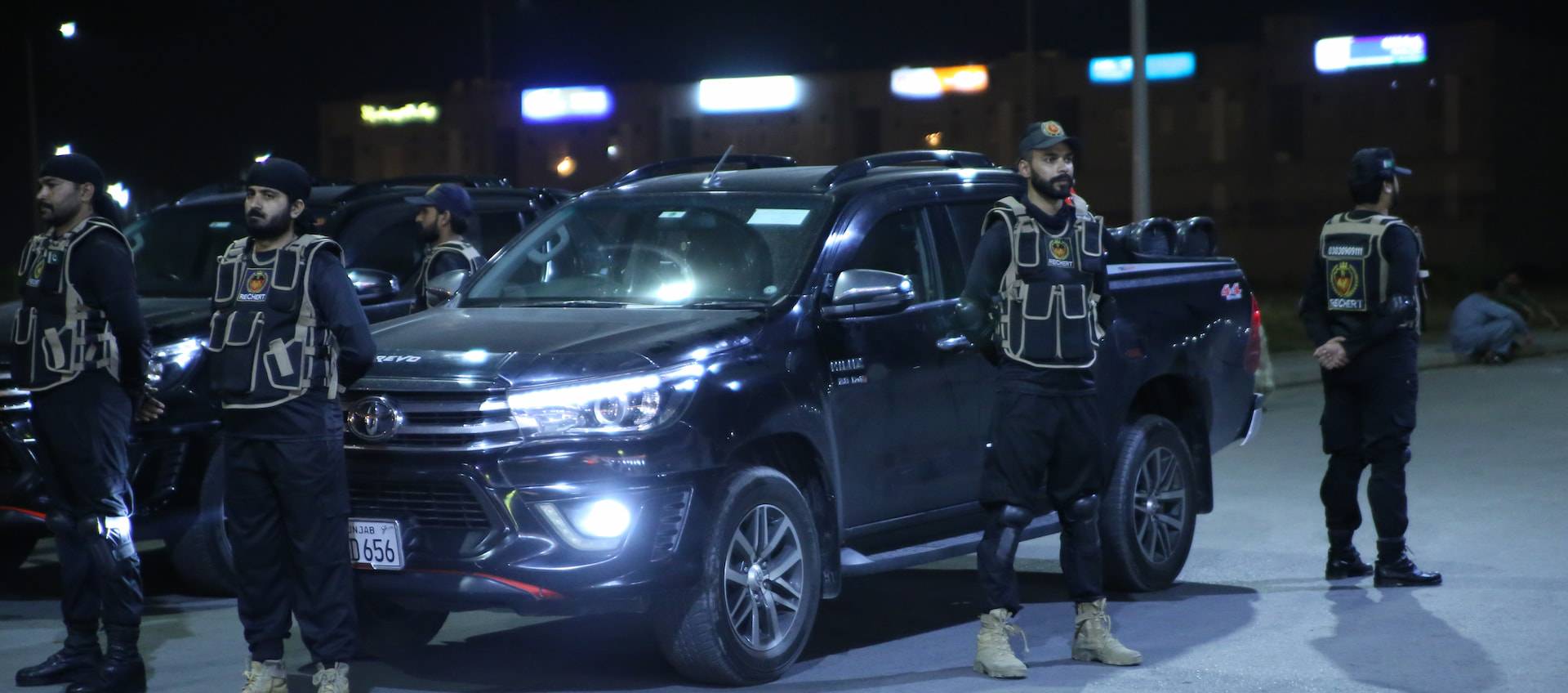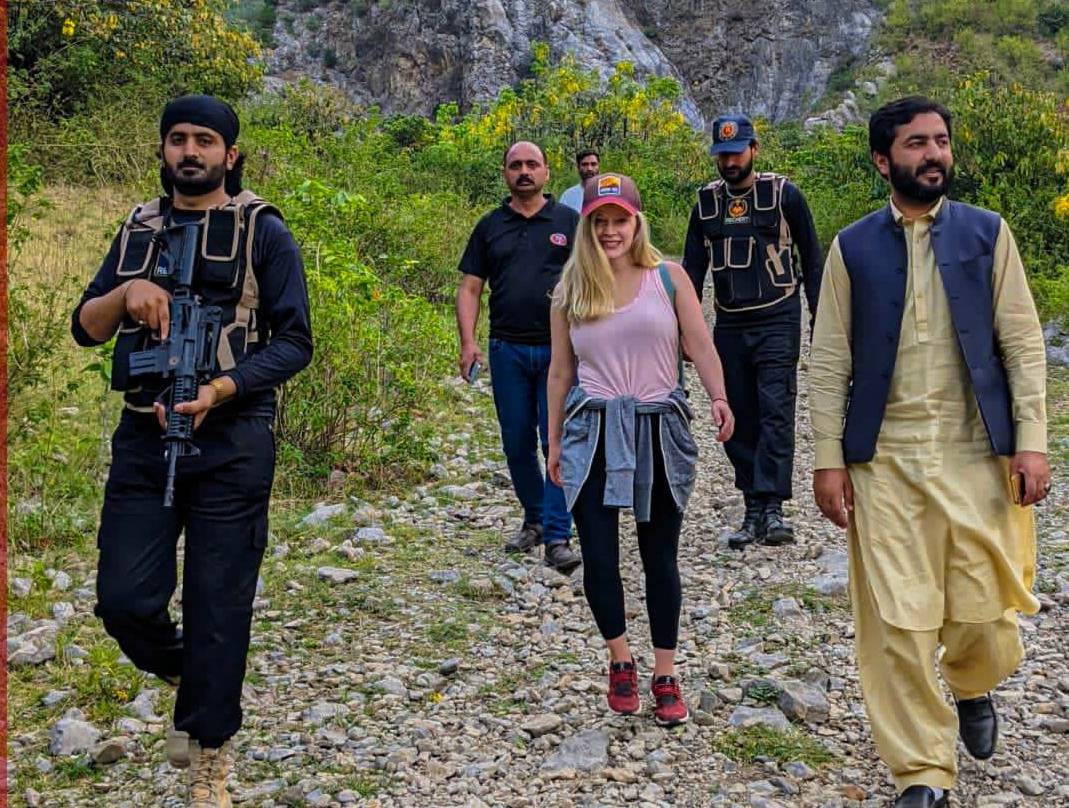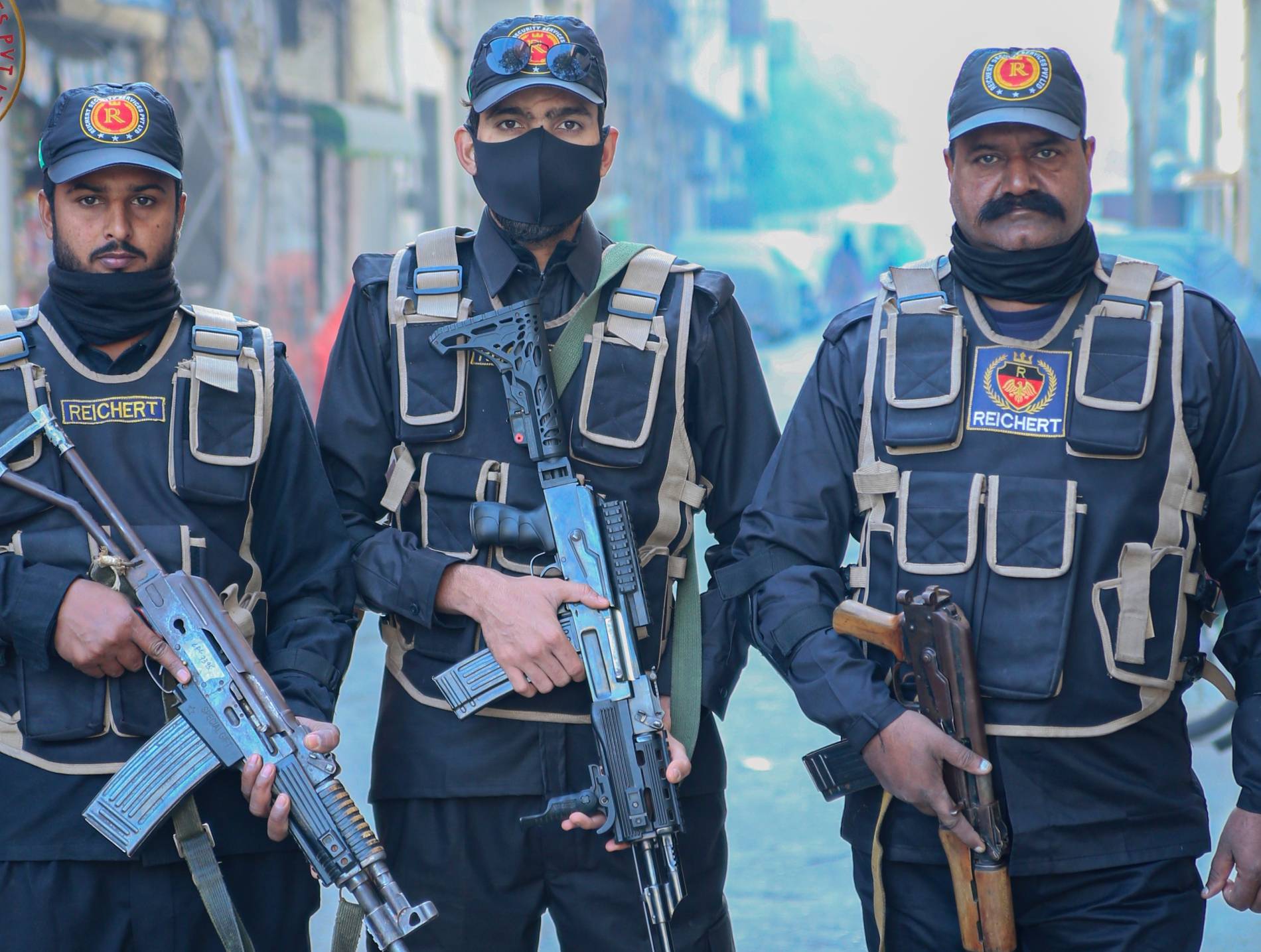Libya Country Report
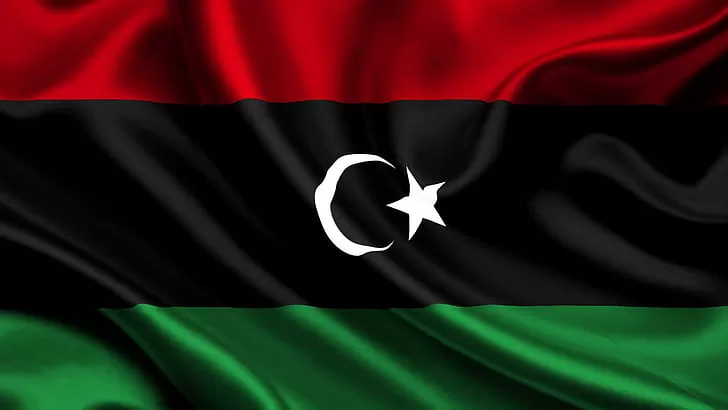
Libya, located in North Africa, is known for its rich history, diverse culture, and vast desert landscapes. Since gaining independence in 1951, Libya has experienced significant political upheaval, particularly under the four-decade-long rule of Muammar Gaddafi, who was ousted in 2011 during the Arab Spring uprising. Following Gaddafi’s overthrow, Libya descended into chaos, with various factions vying for power, leading to a complex and protracted civil conflict. The country remains divided between competing governments, with the UN-backed Government of National Accord (GNA) based in Tripoli and the rival Libyan National Army (LNA) led by General Khalifa Haftar based in eastern Libya. Libya’s political instability has exacerbated humanitarian crises, including displacement, insecurity, and economic hardship. Moreover, the presence of armed groups and foreign interventions have further complicated efforts to achieve peace and stability. Libya is also a major transit route for migrants and refugees seeking to reach Europe, facing challenges related to human trafficking and smuggling networks. Despite these challenges, efforts by the international community to broker peace agreements and promote dialogue among Libyan factions continue, with hopes of establishing a unified and stable government that can address the country’s pressing needs and chart a path towards reconstruction and development.
Last updated: June 28, 2023
Security
Libya faces significant security challenges, stemming from the ongoing civil conflict, proliferation of armed groups, and presence of foreign actors. Since the overthrow of Muammar Gaddafi’s regime in 2011, the country has been plagued by violence, with various militias and factions vying for control. The conflict has led to widespread insecurity, including armed clashes, assassinations, and kidnappings. Additionally, Libya’s porous borders have facilitated the movement of weapons, fighters, and illicit goods, contributing to regional instability. Foreign interventions by countries such as Turkey, Russia, and Egypt have further complicated the security situation, with competing interests exacerbating tensions. Moreover, Libya’s vast desert terrain provides fertile ground for criminal activities such as human trafficking, smuggling, and terrorism. Efforts to address Libya’s security challenges are hindered by political divisions, lack of a unified security force, and weak governance. International efforts to broker ceasefires and promote dialogue among Libyan stakeholders continue, but achieving lasting peace and stability remains elusive amid entrenched rivalries and competing agendas.
Last updated: June 28, 2023
Infrastructure
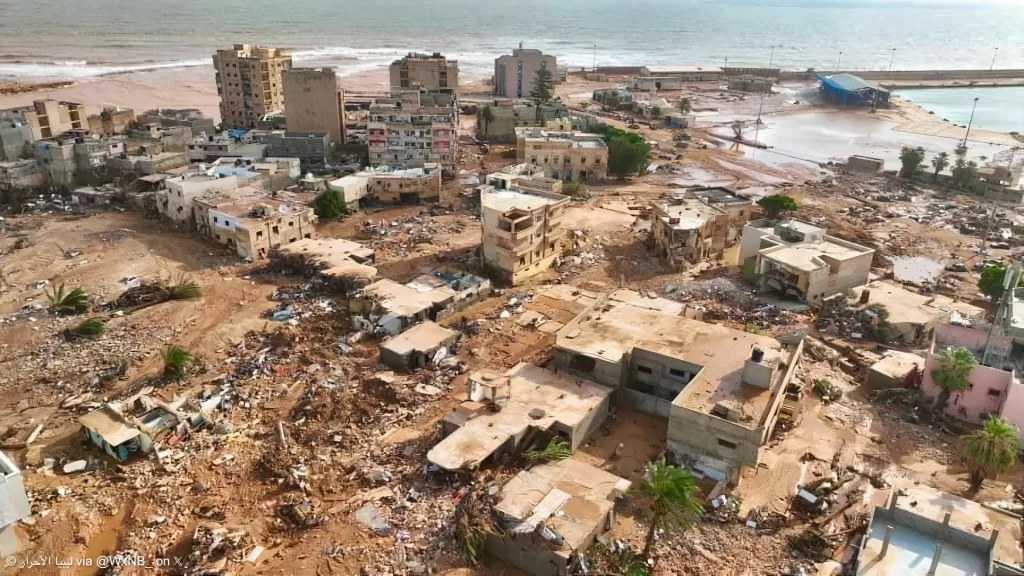
Libya’s infrastructure has been significantly impacted by decades of political instability, conflict, and economic challenges. While the country possesses substantial oil reserves, which have historically fueled its economy, infrastructure development has been hampered by neglect, lack of maintenance, and destruction during periods of conflict.
Libya’s transportation network, including roads, bridges, and airports, has suffered from damage and deterioration, limiting connectivity and hindering economic activity. Moreover, the energy sector, which is vital to Libya’s economy, faces challenges such as outdated facilities, lack of investment, and disruptions due to insecurity. Additionally, basic services such as electricity, water, and sanitation are unreliable in many parts of the country, exacerbating living conditions for the population. The ongoing conflict and political instability have further impeded efforts to rebuild and modernize Libya’s infrastructure, prolonging the country’s economic and social challenges. Despite these difficulties, international organizations and donor countries continue to provide support for infrastructure rehabilitation and development projects in Libya, aiming to contribute to stability and socio-economic recovery.
Last updated: June 28, 2023
Environment
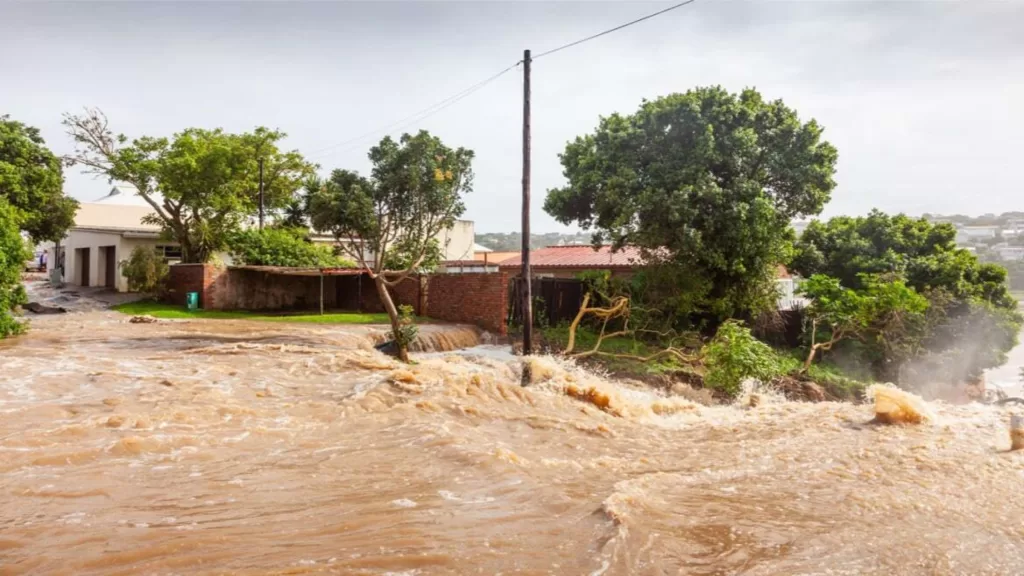
Libya’s environment faces various challenges, including desertification, water scarcity, and pollution. The country’s arid climate and vast desert landscapes make water resources scarce and agriculture difficult. Additionally, deforestation and overgrazing exacerbate soil erosion and desertification, leading to loss of arable land and degradation of natural habitats. Libya also experiences pollution from industrial activities, inadequate waste management practices, and oil spills, particularly in areas with oil production facilities. Moreover, climate change poses additional risks, including rising temperatures, erratic rainfall patterns, and increased frequency of extreme weather events such as droughts and sandstorms. These environmental challenges have significant implications for public health, food security, and livelihoods in Libya. Addressing these issues requires sustainable land management practices, investment in renewable energy sources, and international cooperation to mitigate the impact of climate change and preserve Libya’s natural environment for future generations.
Last updated: April 27, 2022
Health and Medical
Libya’s healthcare system faces significant challenges due to years of conflict, political instability, and underinvestment. Hospitals and medical facilities have been damaged or destroyed in fighting, and shortages of medical supplies and personnel are widespread. Access to healthcare services is limited, particularly in areas affected by conflict, displacement, and insecurity. Moreover, the brain drain of healthcare professionals has further strained the healthcare system, with many skilled workers leaving the country due to safety concerns and economic hardship. The ongoing COVID-19 pandemic has further exacerbated these challenges, highlighting the urgent need for investment in healthcare infrastructure, training of medical personnel, and provision of essential medical supplies. International humanitarian organizations and aid agencies continue to provide support to Libya’s healthcare system, but sustained efforts are needed to rebuild and strengthen healthcare services and address the health needs of the population amidst ongoing instability and conflict.
Last updated: September 6, 2023
Political
Libya’s political landscape is characterized by fragmentation, with competing factions vying for power and control since the overthrow of Muammar Gaddafi’s regime in 2011. The country has been divided between two rival administrations: the UN-backed Government of National Accord (GNA) based in Tripoli and the Libyan National Army (LNA) led by General Khalifa Haftar, based in eastern Libya. This division has led to a protracted civil conflict, with various militias and armed groups aligned with different political factions. Foreign interventions by regional powers and international actors have further complicated the political dynamics in Libya. Efforts to broker ceasefires and promote dialogue among Libyan stakeholders have been ongoing, but achieving a lasting political settlement remains elusive. The United Nations and other international actors continue to play a role in facilitating negotiations and supporting Libya’s transition towards a unified and stable government.
Last updated: June 28, 2023




